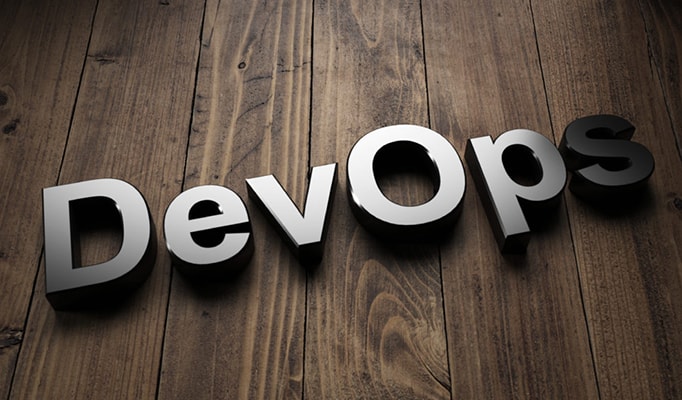Combination of Development and Operations in the Software Development Life Cycle refers to the word DevOps. In addition to DevOps being a key for SDLC (Software Development Life cycle), many consider DevOps as a Methodology and also a Mindset to succeed in providing value to customers.
Understanding DevOps More
Adopting to DevOps culture comes in with different capabilities which would be beneficial to organizations in various aspects such as achieving quicker responsive times for customer needs, quality and timely production. It has become a trend for organizations to implement DevOps strategy to achieve business goals faster.
Some of the main DevOps capabilities are discussed here:
Collaboration
Collaboration is an important aspect of DevOps as it brings both development and operations teams together. It is difficult to get the team members together as a team, but there are some tools (e.g. HipChat, Slack) available which would make it easy and Collaboration proves to be effective when it comes to end results. Collaboration is also considered as Cooperation with each other in the same team or between the teams and projects. It also helps people to get exposure on various things that other team members do.
“When ‘I’ is replaced by “we” even ‘illness’ becomes ‘wellness’.” – Scharf
Automation
“Automate everything” is the motto of DevOps. Since in every software organization, businesses are forced to deliver the product faster, to improve features and fix issues, adoption of DevOps strategies has become an essential to automate the manual efforts to reduce time delays in releasing the products to the customers. This also helps to avoid human errors on higher environments like Production environment and to achieve application zero-downtime. There are methods which take longer duration to complete the tasks manually but with automation coming into picture, everything is being finished in minutes and even seconds.
Continuous Integration
CI (Continuous Integration) is a developers practice where software developers frequently commit their code changes to source code repository and build the code in an automated manner using Continuous Integration tools like Jenkins, Bamboo, TeamCity, CodeShip, etc., which can also be used for automated testing of the code. There are a series of steps involved in the software development which makes it hard to get the tasks done due to dependencies on other teams. But introduction of DevOps made integrations of work flows easy and continuous. This will help development teams to merge and test their changes as a single system.

Continuous Testing
Continuous Testing plays a huge role during the entire development and release process of a software product. It is a testing methodology which is implemented not only to improve the quality and performance of the product but also to reduce the time for feedback to be provided to the developers for fixing issues. Continuous Testing can be achieved by Automating some of the Testing types like Unit Testing, End-to-End Testing and Performance Testing using different tools like Jenkins, JUnit, NUnit, Karma, Selenium, QTP/UFT, LoadRunner, etc.
Continuous Delivery
Continuous Delivery is usually considered as an extension of Continuous Integration as it involves the delivery of software products in faster and reliable manner to end-users. Before DevOps, Product release cycles were a challenge for organizations but with implementing continuous delivery pipelines as part of DevOps practice, code is always in a deployable state. There are some deployment patterns that Continuous Delivery supports like Blue/Green deployment pattern where code is live (Blue) with the existing version and the other i.e., new version is deployed (Green) to production in order to achieve near to zero application downtime. Continuous delivery can be achieved by using various deployment tools like IBM UrbanCode Deploy, Jenkins, Octopus Deploy, etc.
“continuous delivery means minimizing lead time from idea to production and then feeding back to idea again” – Rolf Andrew Russell

Continuous Monitoring
This approach in DevOps allows the organizations to do full-stack monitoring of system. Continuous Monitoring helps organizations to ensure the health, performance and reliability of system and it also monitors the infrastructure as application moves from development to production. There are many benefits that organizations get by implementing Continuous Monitoring like reducing system downtimes, enable rapid incident response, increase visibility and transparency of network related issues.
Why DevOps?
Quality and faster production of results to customers – DevOps culture helps organizations to achieve quality and in-time production to end users/customers. This is due to the presence of automation of most of the stages involved in the Release Management process of software product.
Efficient support on production issues – Following the DevOps strategy, product progresses through several environments and finally reaches Production, this not only minimizes the occurrence of issues when the product is in Production but also allows to address the issues quickly and effectively based on the regular feedback provided by customers.
Shorter deployment cycles and efficient roll backs – Due to the presence of automated deployment pipelines in DevOps world, the entire code promotion process to different environments has become significantly simple. This allows frequent code releases and also implementing deployment strategies makes the process of roll backs easier in case of any discrepancy.

